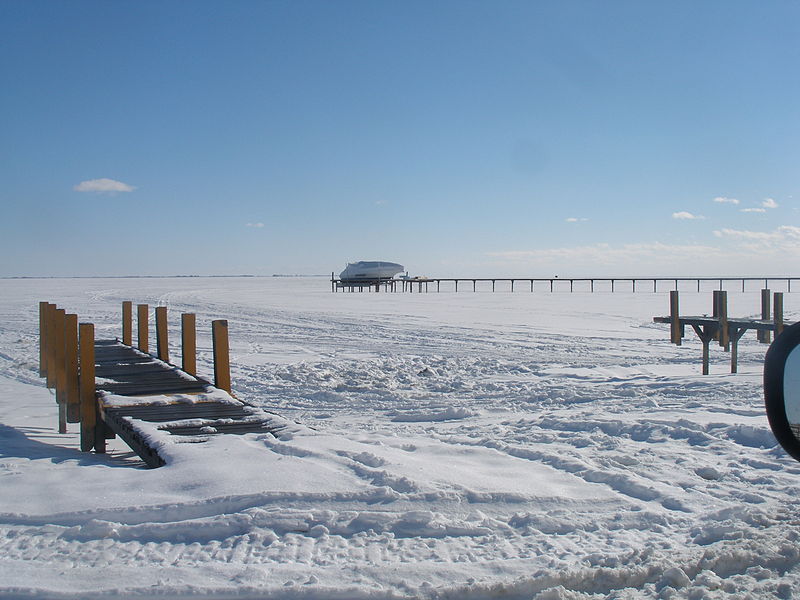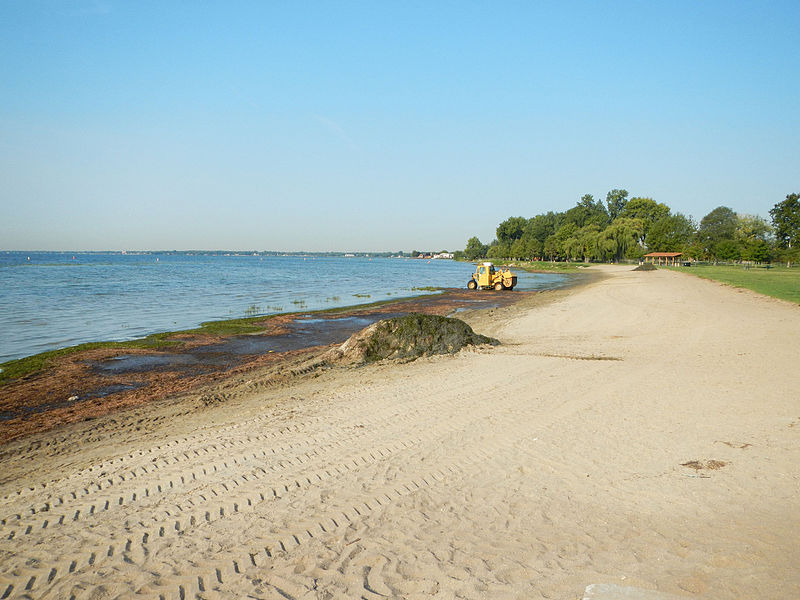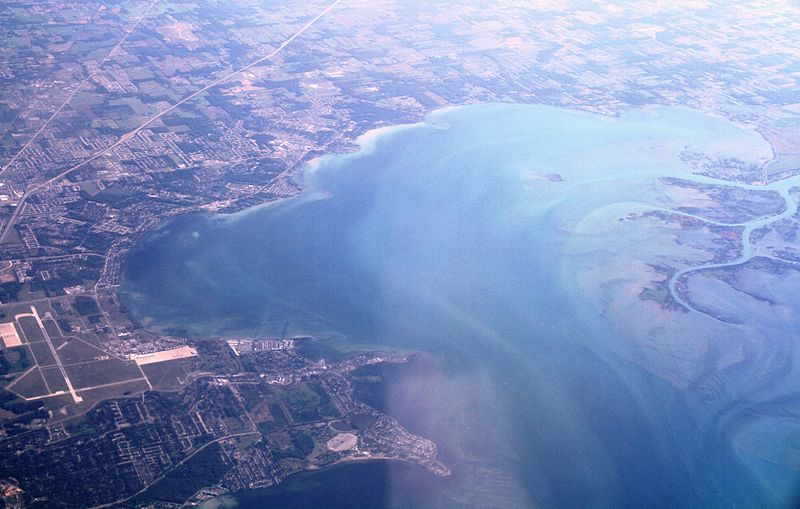Lake St. Clair

Facts and practical information
Nestled between Ontario, Canada, and Michigan, USA, Lake St. Clair is an expansive freshwater lake that serves as a natural border and a hub of recreational activity. Though considerably smaller than its Great Lakes neighbors, this 430-square-mile body of water is an integral part of the Lake Erie-Lake Huron waterway, providing a crucial link through the Detroit River to the south and the St. Clair River to the north.
Lake St. Clair is renowned for its exceptional fishing opportunities, boasting a diverse array of species including muskie, walleye, and bass, making it a premier destination for anglers. The lake's relatively shallow waters, with an average depth of just 11 feet, also make it ideal for boating, sailing, and water sports, drawing enthusiasts from across the continent.
Beyond its recreational appeal, Lake St. Clair plays a vital role in the regional ecosystem. Its wetlands are of international significance, providing habitat for numerous bird species, including migratory waterfowl. The lake's marshes are recognized as a biodiversity hotspot and are essential for maintaining the health of the area's aquatic life.
The communities surrounding Lake St. Clair, from Windsor and Sarnia in Ontario to Detroit in Michigan, are deeply connected to the lake, relying on it for both commerce and leisure. The lakefront is dotted with marinas, parks, and beaches, inviting visitors to enjoy the scenic views and tranquil environment.
Ontario
Best Time To Visit Lake St. Clair
Learn when is the best time to travel to Lake St. Clair weather-wise and what to expect in each season.







